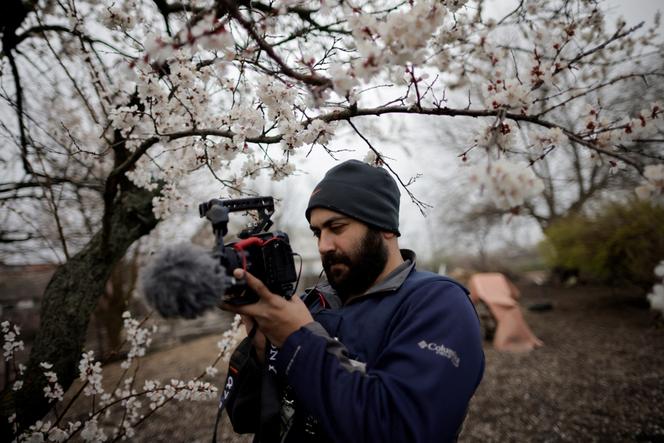


In the late afternoon of Friday, October 13, two strikes hit a group of seven journalists within 30 seconds of each other. The journalists were covering the clashes between Hezbollah and Israel in southern Lebanon. Issam Abdallah, a Lebanese photojournalist from the British agency Reuters, was killed instantly, and four journalists from Agence France-Presse (AFP) and Qatari television station Al Jazeera were injured. Following an investigation, the results of which were published on Sunday October 29, Reporters Without Borders (RSF) asserted that the journalists, who were clearly identified as representatives of the press, were "explicitly targeted."
The NGO added that the investigation is continuing, particularly to establish the origin of the shots. After the deadly blasts, the journalists present at the scene testified that the shell that killed their colleague Abdallah, a 37-year-old veteran journalist, came "from the direction of the Israeli border." Lebanese Prime Minister Najib Mikati released a statement condemning "the Israeli enemy's direct targeting of journalists in its ongoing aggression on Lebanese territory." The Israeli army has said it was "sorry" about the death of Issam Abdallah, without explicitly acknowledging responsibility, and that it was "looking into it."
Reuters, AFP and Al Jazeera have called on Israeli authorities "to conduct a thorough, swift and transparent investigation." Evidence has been gathered by the Lebanese authorities, who have accused Israel of being responsible for the fatal strike. Andrea Tenenti, spokesman for the United Nations Interim Force in Lebanon (UNIFIL), indicated to Le Monde that "we have detected Israeli fire" on the area where the journalists were standing, near Aalma al-Shaab in southern Lebanon, adding that the UN investigation was still ongoing.
A video posted on social media before the incident shows the journalists setting up their cameras out in the open – in the middle of the road on top of a hill – to film exchanges of fire between Hezbollah and the Israeli army near the border. All wore bulletproof vests and helmets marked "PRESS." Based on video footage taken at the time of the tragedy and on ballistic analysis, RSF concluded that two strikes of differing intensity, about 30 seconds apart, hit the exact location of the seven journalists at around 6 pm.
The first strike killed Issam Abdallah and seriously wounded AFP correspondent Christina Assi, while the second, more powerful, ignited the Al Jazeera vehicle in the immediate vicinity, wounding two of its journalists, Carmen Joukhadar and Elie Brakhya, as well as their AFP colleague Dylan Collins. The vehicle was also marked "PRESS" on the roof. According to the ballistic analysis carried out by RSF, the shots came from the east of where the group of journalists and their vehicles were standing, "from the direction of the Israeli border."
You have 30% of this article left to read. The rest is for subscribers only.
